今月は インクルード Planet Classroom YouTube Channel, global audiences will be able to screen 運動時間, A 59 青少年が自分たちの幸福に責任を持つことを可能にするために青少年によって作成された2番目の映画。映画は恥ずかしがり屋の子供に焦点を当てています, キャンディーラッパーで覆われています, 椅子に座っている人, やる気がなく、刺激を受けていない。物語が成長するにつれて, 子供たちが集まって、起き上がって遊ぶように彼女を鼓舞します, それは彼女を肉体的に助けます, 精神的に, and socially.
Jo Rhodes is the Visionary, チャレンジの創設者兼ディレクター 59, 学生を可能にする創造的なプログラム, along with their mentors and teachers, to actively engage in health and well-being issues through the medium of dance and film.
An independent artist and dance educator, Rhodes supports the program with a curriculum for schools and additionally offers professional development courses to train educators.
The use of creative arts to address prevalent health issues in youth is not new. The Challenge 59 research found that 94% of children felt more confident in self-expression afterwards with 78% enjoying going to school more. 79% of the children wanted more access to creative and artistic activities and 87% showed improved resilience in overcoming apprehensions. Many reported feeling calmer, happier and more successful. Some of the children’s short films have been screened on local, national and international media outlets. 加えて, Rhodes has authored a number of national publications, including “Commissioning Dance for Health and Well-Being” to raise awareness for this timely and important work.
教育のためのグローバル検索 welcomes Jo Rhodes.
Jo, you were inspired to launch Challenge 59 through your own journey as a dance artist. Can you tell us the story?
数年前, I was invited to be a dance artist in residence at an arts venue in one of the most deprived boroughs in the UK. We were touring issue-based dance work with the public health sector and youth service in targeted interventions. I was seeing first-hand how the embodiment of young people’s learning through the physicality of dance was changing behaviours, attitudes and motivations. I fought hard with a Headteacher to allow one boy to be involved in the project following his suspension from school. At times I wondered why I had, as he was incredibly difficult, but by week eight he had co-choreographed an all-boys piece, performed in it and spoken so articulately to an audience member – who happened to be a councillor – that he managed to secure funding for dance to remain in his school. One of many examples demonstrating the power of the youth voice to effect change, something that has driven my work ever since.
The area had vast inequalities and teachers told us that if young people didn’t experience the arts in school, some never would. Local public health bodies wanted a more child-focused strategy towards health and wellbeing, yet at the same time, and in complete contrast, a fast food restaurant promised to serve customers in 59 seconds…. I wondered what we could do in 59 seconds that would engage and empower young people in matters of their own wellbeing.
What makes Challenge 59 unique from other programs like it?
The young people are not consumers of the work – but the creators and shapers of digital and choreographic content in the form of their own social marketing campaigns. With this ownership and agency, they become active citizens in their communities. チャレンジ 59 is co-created with and by schools; artwork made by the community, for the community.
Resources link to psychosocial well being – emotional, ソーシャル, mental and spiritual health. 若者, with the support of teachers, focus on a local pertinent issue with the desire to create change or raise awareness and debate. We aim to foster citizens who can think, feel, relate to one-another, be themselves, effect change, and live active and healthy lives, with the skills to harness, and behaviours to flourish, in life.
What are the biggest challenges you’ve faced getting your arts program into schools?
残念ながら, arts subjects have been continually marginalized due to testing and inspection frameworks in the UK. Our challenges here lie in our work not having a direct correlation to core subjects – maths and literacy. Although there are new and important research into the arts and its effects on emotional regulation, wellbeing and associated behaviours, many schools struggle to allocate time and resources to this end. しかしながら, there is incredible work out there in schools and for us, it is learning how to reach the advocates and leaders in this field. ロンドンでは、, schools are often super-served with offers. As a small-scale start-up, it can be hard competing with national organisations who are regularly funded and can offer programs at vastly reduced rates. We hope that our teacher training courses will alleviate some of that pressure. We would love to see schools collaborating to co-create digital dance work.
Can you talk about your learning model/curriculum? What does a typical lesson plan look like?
チャレンジ 59 provides a creative pedagogical framework whereby teachers, with their students, can build their own content. 今まで, schools have engaged over the course of a school year:
- See It (Autumn term) – Young people collaborate to conceive and create a visual narrative or film storyboard, with the help of a film toolkit, about a local health issue.
- Feel It (Spring term) – Young people embody their learning through creative dance as a physical narrative, exploring their ideas in more depth.
This is supported by a flexible scheme of work using creative dance to explore thinking.
A series of play cards and tools to develop reflective practices are also included.
Lessons begin with an introduction to the theme and learning aims, followed by a linked
playful warm-up game, a movement exploration to build skills, a creative and
choreographic task, with sharing of learning and reflection.
- Tell It (Spring/ Summer term) – Young people communicate their learning through 59 second film production. Schools have also told stories in different ways – a variety of texts such as press releases, drawings, ディベート, parent workshops, presentations, など.
- Share It (Summer term) – The films act as a tool to amplify young voices amongst communities and with stakeholders who have the ability to influence young lives. Schools are tasked with disseminating work in communities and beyond.
How much of your learning model is student led? 教師の役割は何ですか, artists and other mentors?
The artists bring the challenge as a brief or stimulus with knowledge of the creative industries, teachers help to shape it and give it structure in the school environment, and the students lead the content. Past representations of health and wellbeing issues have included inequalities, the importance of free play, peer pressure, barriers to engage in physical activity due to poor mental health or lack of safe and affordable spaces.
Students have been instrumental in curating film premiere events – from writing invitations and letters to local MPs, press releases, designing campaign posters to presenting raps, creative writing and poetry and taking films to youth parliament and beyond.
Where can educators see this program in action? どのように学生, teachers and classrooms globally get involved in your program?
The following can be found on our website:
- Young People’s co-created 59 second films
- Documentary film with teacher and student interviews
- Evaluative report via ‘blog’ section
- A Schools Log In – free access to all digital resources is granted upon a school or cluster of schools having an introductory training session. Due to the nature of the embodiment of learning, we request teachers to explore Challenge 59 through this training before commencing.
Thank you Jo!
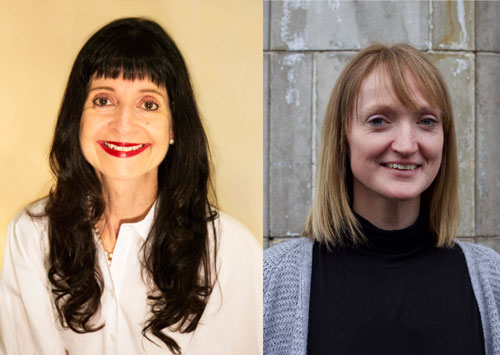
C.M. Rubin and Jo Rhodes
(Photos are Courtesy of Challenge 59 and Briony Campbell)


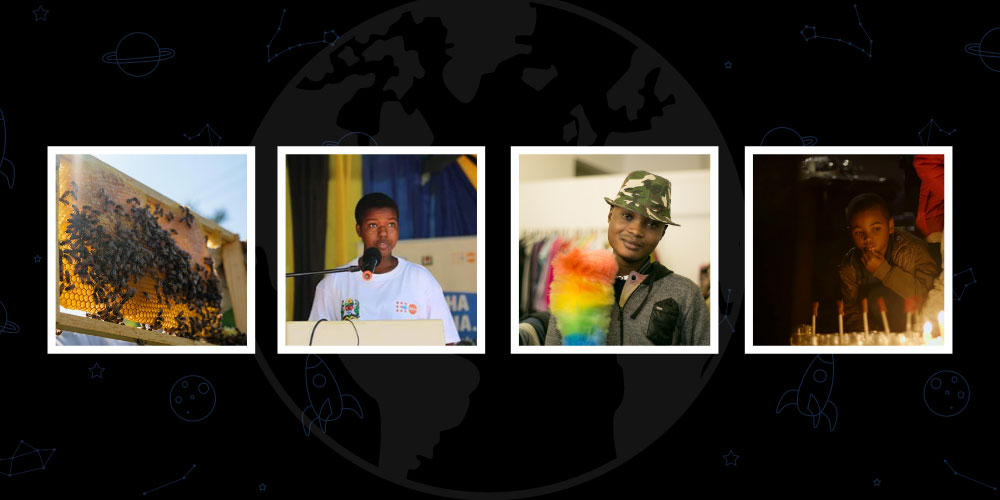
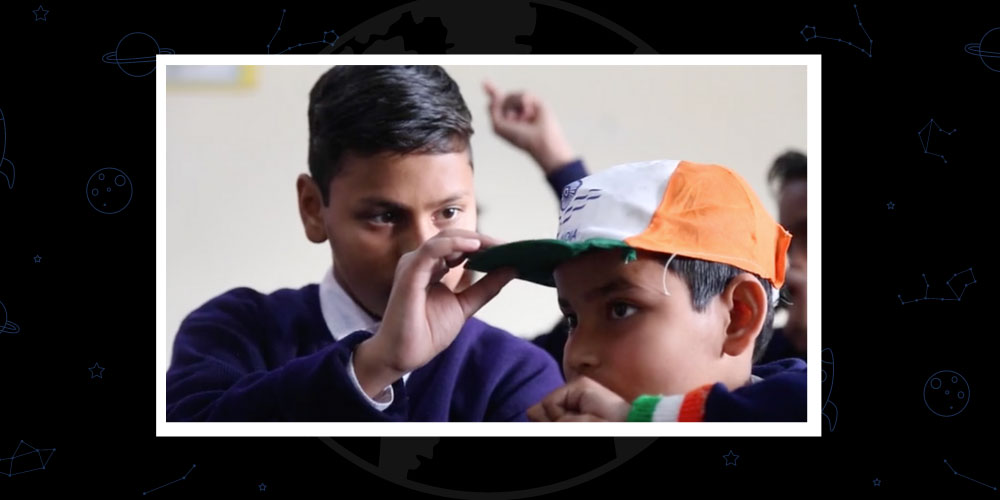
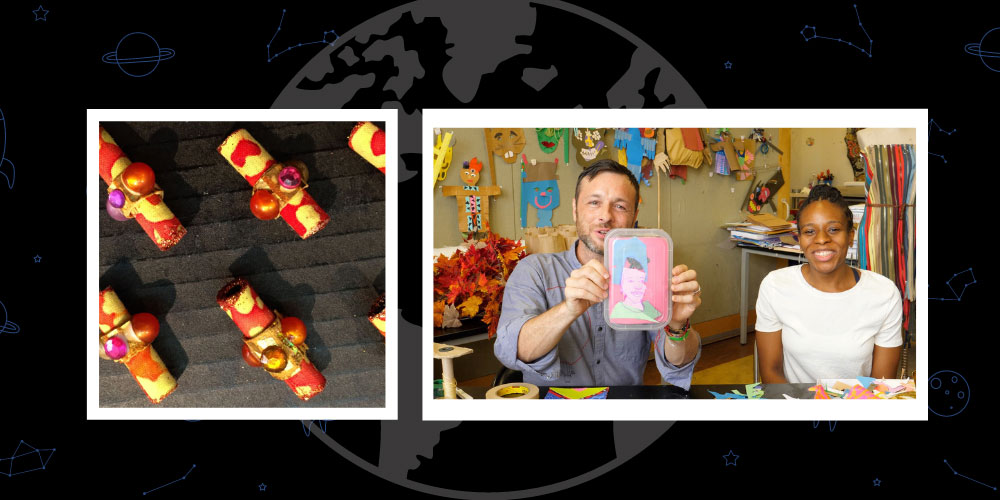
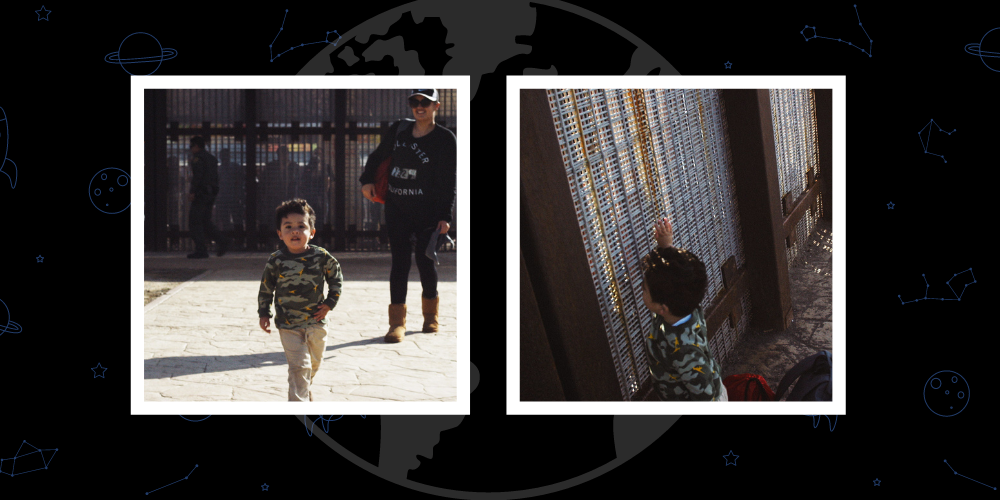
最近のコメント